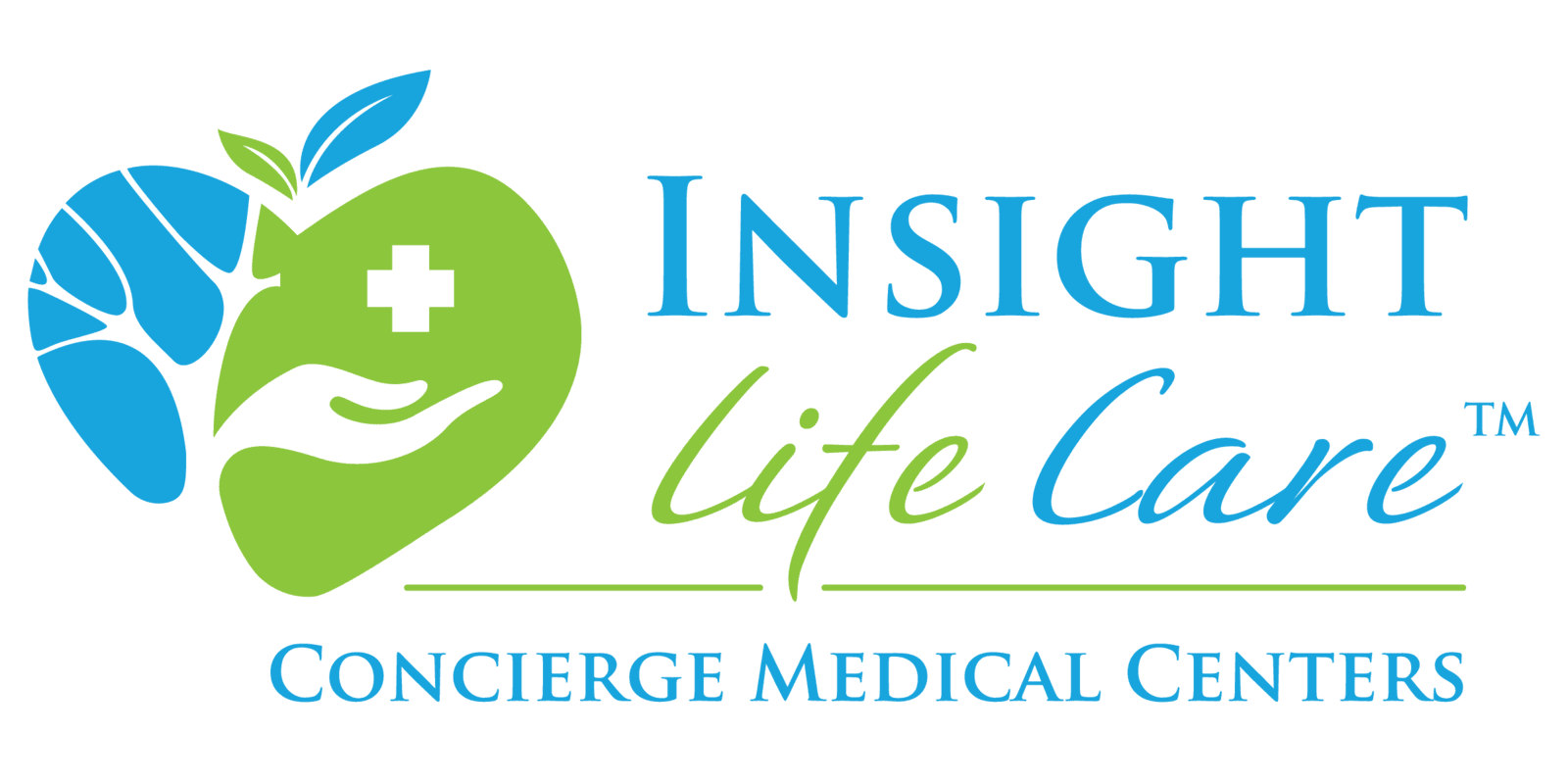Happy New Year!
From our family to yours, Happy New Year! We hope this year is full of good health, happiness, prosperity, and more time spent with those we love near and far. 2020 has brought many challenges and with that much learning and growth as well. One year ago, who would have thought that we would experience a pandemic that would require us to stay home as much as possible and wear masks when we leave the house? We will enter 2021 in the same manner, but hopefully by the end of the year, we will have seen some positive progress towards pre-pandemic normalcy.
We hope that you spend some time reflecting on the year and making goals for the year to come. New Year, New Me? Not quite, but it’s beneficial to slow down sometimes to reflect, be present, and/or plan.
Thank you all, from the bottom of our hearts, for trusting us to care for you this year. We are immensely grateful for our wonderful patients and all of the blessings you bring to us each and every day. We wish you nothing but the best in the year to come and we are excited to continue this journey with you.
Vaccines: now what?
If 2020 was defined by the explosion of the SARS-CoV-2 virus, 2021 could be about its dwindling. But how many people will fall ill, and die, as that happens is dependent on our leaders, individuals, vaccine makers, and public campaigns to encourage people to get the Covid-19 shots developed with unprecedented speed.
There are various estimates for when vaccines will be widely available to Americans. But during the first half of the year, supplies from Moderna and Pfizer/BioNTech will grow, and the U.S. could also see the arrival of shots from such companies as Johnson & Johnson, AstraZeneca, and Novavax, depending on clinical trial data and regulatory authorization. Hopefully, most American adults will have the opportunity to get immunized in the first half of 2021—children will likely not be immunized until later. However, even the best vaccines are ineffective unless people actually get them, so, then the question becomes, how many will do so?
An end to the pandemic remains abstract, it will likely be a gradual easing of restrictions and strategies while activities we’ve rejected become safe again as the virus recedes. But when? Will the end of 2021 include the end to the pandemic lives we have been living? Maybe, if everything goes as “planned.” There is a future to look forward to, but for now, we must persist in our current state, encouraging others to remain optimistic and committed to their protective strategies.
Consume more fiber!
Fiber is a carbohydrate that is naturally found only in plant foods. Plants make fiber to structurally support their cells, allowing them to bear weight. There are two main types of fiber that we consume: soluble and insoluble. Soluble fiber dissolves in water, insoluble does not. Unlike other types of carbohydrates, our bodies do not have the enzymes to break down fiber. Instead, the bacteria in our microbiome does this for us when fiber reaches our large intestine, aka your colon. This process produces short-chain fatty acids (SCFAs) that can be absorbed by the body. SCFAs are the dominant driver of gut health, which has an enormous impact on our overall health.
Consuming more fiber results in a plethora of health benefits including regulating blood sugar, lowering cholesterol, correcting bowel irregularities, optimizing immune function, promoting healthy aging and longevity, and healing your colon. You can take advantage of all these health benefits and many more by increasing the amount and diversity of plants in your diet, eating more whole grains, legumes, and omega-3 super seeds.
Try making a smoothie with greens, fruits, and flax seeds every morning and including a salad with lots of different vegetables, chickpeas, and broccoli sprouts every day. Your body will thank you!
Get a better night's sleep
What you do during the day affects how well you sleep at night. Try these little strategies throughout the day to encourage better sleep:
Wake up at the same time every morning, including weekends and holidays. Make your bed—people who do so are more likely to sleep better at night. Eat breakfast outside or by a window—the sun helps reset your body’s circadian clock. Exercise at lunch: early workouts may sacrifice sleep and those within 3 hours of bed may keep you awake. Cut caffeine by 12-4pm depending on your sensitivity. Its effects can linger for 4+ hours. If you need to nap, take it before 3pm and only for 30 minutes or less. Use lamps and dimmers—bright overhead lights trick your brain into thinking it’s still daytime. Keep showers or baths warm but not hot. Also turn down the thermostat a few degrees to mimic your nighttime drop in body temperature. Turn all technology off at least 30 minutes before bed. Blue light and constant stimulation make it tough to wind down. Have a light snack before bed such as yogurt or fruit if hunger often wakes you in the night. Stick to the same bedtime or vary it by no more than an hour.
Doc's corner:
There is a saying in racing that goes like this: "La macchina va dove vanno gli occhi" - "The car goes where the eyes go." At speed, one learns to keep eyes up, look ahead to where you are traveling, both be aware of where you are and maintain focus on where you're going. It's a powerful metaphor for life as well. This year, I'm looking ahead to positive things, better news on the horizon, focused on what I hope to achieve and where I’m headed for 2021 and beyond!
